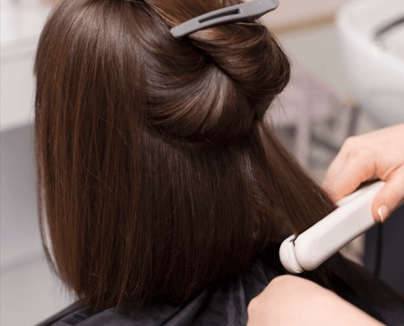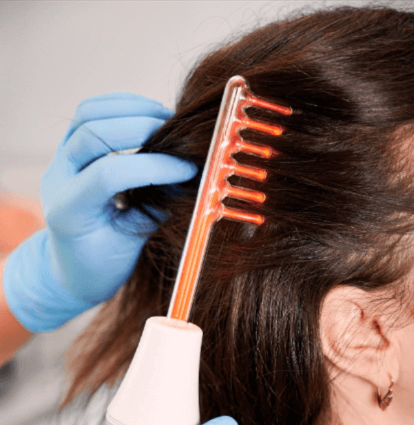After undergoing laser gum contouring—a minimally invasive yet precise procedure to reshape your gumline—your body needs time to heal, especially the delicate soft tissues around your teeth. While Korean clinics provide world-class treatment and fast recovery, what you eat in the days following the procedure can significantly impact your healing process.
Here’s a complete post-laser gum contouring diet guide inspired by top Korean dental clinics, including foods to eat, avoid, and how to support a speedy, comfortable recovery.
🕐 Why Diet Matters After Gum Contouring
Even though laser contouring causes minimal trauma compared to traditional scalpel surgery, your gums are still in a healing and regenerative phase. Eating the wrong foods—hot, hard, or spicy—can:
- Irritate the gums
- Disrupt tissue healing
- Increase swelling or bleeding
- Introduce bacteria into the healing area
A soft, nutrient-rich, and non-irritating diet helps:
✅ Minimize pain
✅ Promote tissue regeneration
✅ Prevent infection
✅ Speed up the healing timeline
🥣 Day-by-Day Diet Plan After Laser Gum Contouring
🔹 Days 1–2: Soft, Cold, and Soothing Foods
Your gums are the most sensitive during this period. Stick to cool or room-temperature foods that require little to no chewing.
Recommended:
- Cold tofu (두부)
- Korean-style soft rice porridge (죽 / juk)
- Plain yogurt or drinkable yogurt
- Smoothies (avoid citrus)
- Soft tofu stew (순두부찌개, lukewarm only)
- Mashed bananas or applesauce
- Cold soybean milk or almond milk
- Ice cream or sorbet (dairy-free if sensitive)
💡 K-Clinic Tip: Juk is often recommended as it’s gentle on the gums, easy to digest, and can be made in various flavors like pumpkin, abalone, or beef.
🔹 Days 3–5: Soft, Warm, and Nutrient-Dense
As initial inflammation decreases, you can introduce warm (not hot) soft foods rich in protein and vitamins for tissue repair.
Recommended:
- Steamed or scrambled eggs
- Soft white fish (grilled or steamed)
- Silken tofu with soy sauce
- Steamed vegetables (well-cooked until mushy)
- Congee, oatmeal, or grits
- Blended soups (e.g., pumpkin, potato, carrot)
❌ Avoid:
- Spicy Korean stews like kimchi jjigae (김치찌개)
- Pickled or fermented foods
- Hot drinks like boiling tea or coffee
🔹 Days 6–10: Soft-Solid Transition
By this point, your gums are stabilizing, and you can transition to gentle chewing.
Recommended:
- White rice with soft banchan (side dishes like braised potatoes or steamed egg)
- Tender chicken or ground meat
- Rice noodles or soba with broth (not too spicy or salty)
- Soft bread soaked in soup
- Avocado, banana, or peeled pears
✅ Still avoid:
- Crusty breads, hard crackers
- Raw vegetables
- Spicy sauces (gochujang, chili oil)
🔹 After 10 Days: Gradual Return to Normal Diet
Most patients can resume their normal eating habits, but continue to avoid overly spicy, acidic, or crunchy foods if the gums feel sensitive.
Gradual Reintroductions:
- Bulgogi or galbi (well-cooked and tender)
- Raw veggies in small, manageable portions
- Mild kimchi (if no stinging occurs)
🍱 Best Foods for Healing Gums (Korean Diet Edition)
| Food | Why It Helps |
|---|---|
| Juk (죽, Korean porridge) | Easy to digest, gentle on gums |
| Tofu (두부) | High in plant protein, soft texture |
| Seaweed soup (미역국) | Rich in iodine and minerals for healing |
| Steamed egg (계란찜) | Soft protein source, non-irritating |
| Broth-based soup (국) | Hydrating and nourishing |
| Bananas & pears | Anti-inflammatory and easy to chew |
| Pumpkin (호박) | Rich in vitamins A and C for tissue repair |
| Almond milk | Cooling and dairy-free option |
❌ Foods to Avoid After Laser Gum Contouring
Even if you feel better quickly, avoid the following during the first 7–10 days:
🚫 Irritating or Spicy:
- Kimchi, gochujang, spicy ramen
- Tteokbokki (spicy rice cakes)
🚫 Hard or Crunchy:
- Rice crackers, chips, nuts, crusty bread
🚫 Acidic or Salty:
- Citrus fruits
- Pickled radish, soy sauce-heavy dishes
🚫 Very Hot Foods:
- Boiling hot soups or beverages
- Freshly grilled meats
🥤 Hydration & Supplements
- Water: Stay well hydrated to aid healing.
- Avoid alcohol, soda, and citrus juices for at least a week.
- Consider vitamin C, zinc, and collagen supplements (consult your dentist first) to boost tissue repair.
🌍 Tips from Korean Clinics for International Patients
- Ask for a post-op meal plan—many Korean clinics provide printed or digital diet guides in English, Mandarin, and Japanese.
- If staying in a hotel, look for ones near local restaurants that offer juk or soft Korean food.
- Consider using delivery apps like Baemin (배달의민족) to order soft meals without leaving your room.
✅ Final Recovery Diet Checklist
- ✅ Stick to soft, room-temperature foods for 3–5 days
- ✅ Avoid spicy, crunchy, and acidic foods
- ✅ Drink plenty of fluids
- ✅ Choose healing-friendly Korean ingredients
- ✅ Resume normal eating gradually after Day 10
Final Thoughts
The right post-procedure diet can dramatically improve your recovery after laser gum contouring. By following a soft, soothing, and nutrient-rich meal plan, as advised by Korean dental clinics, you can protect your healing gums, avoid discomfort, and enjoy better aesthetic results—faster.
Planning your treatment in Korea? I can help you build a custom food guide or recommend clinics with multilingual staff and dietary support services. Just let me know!




